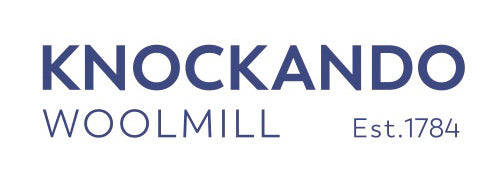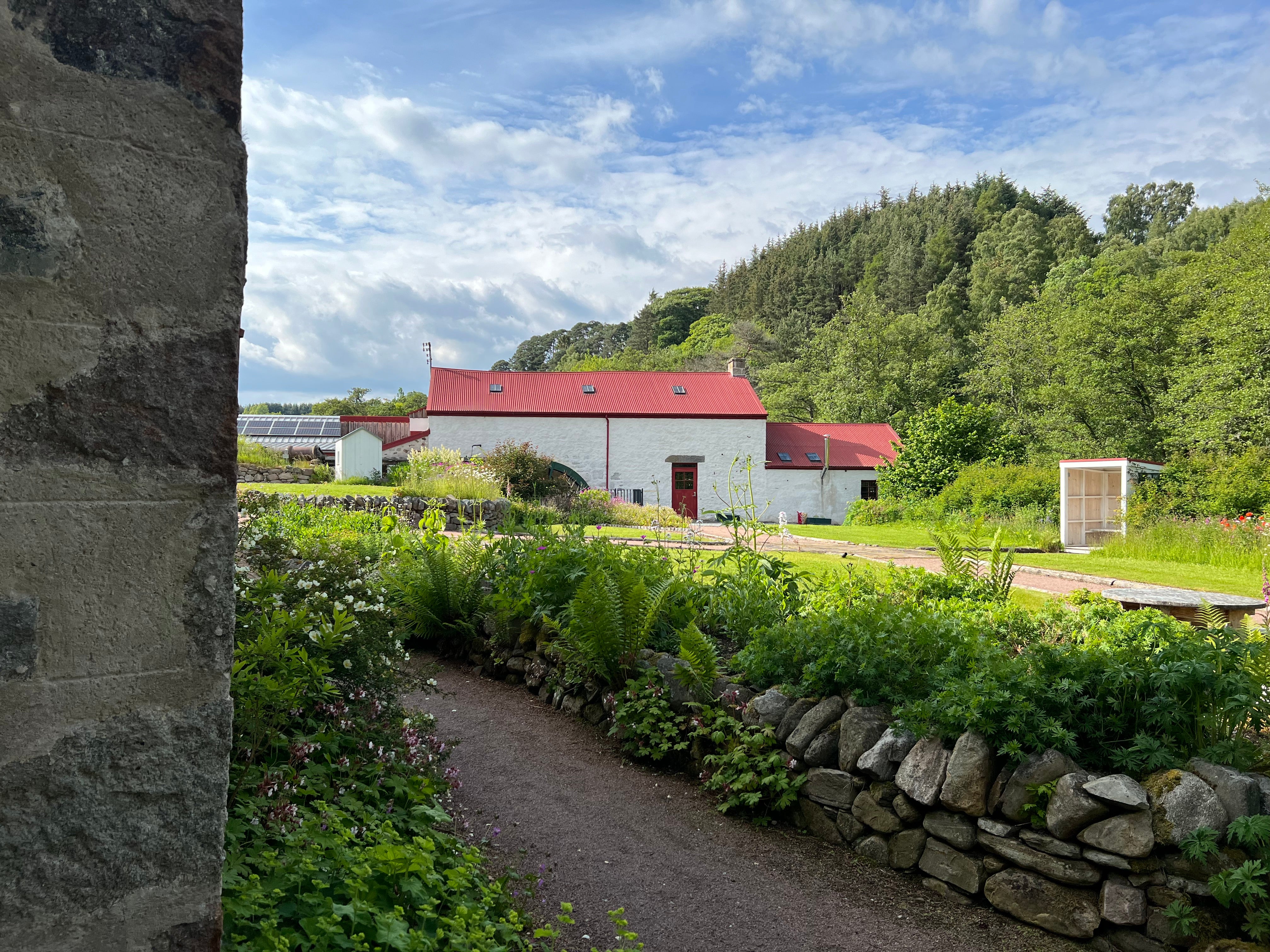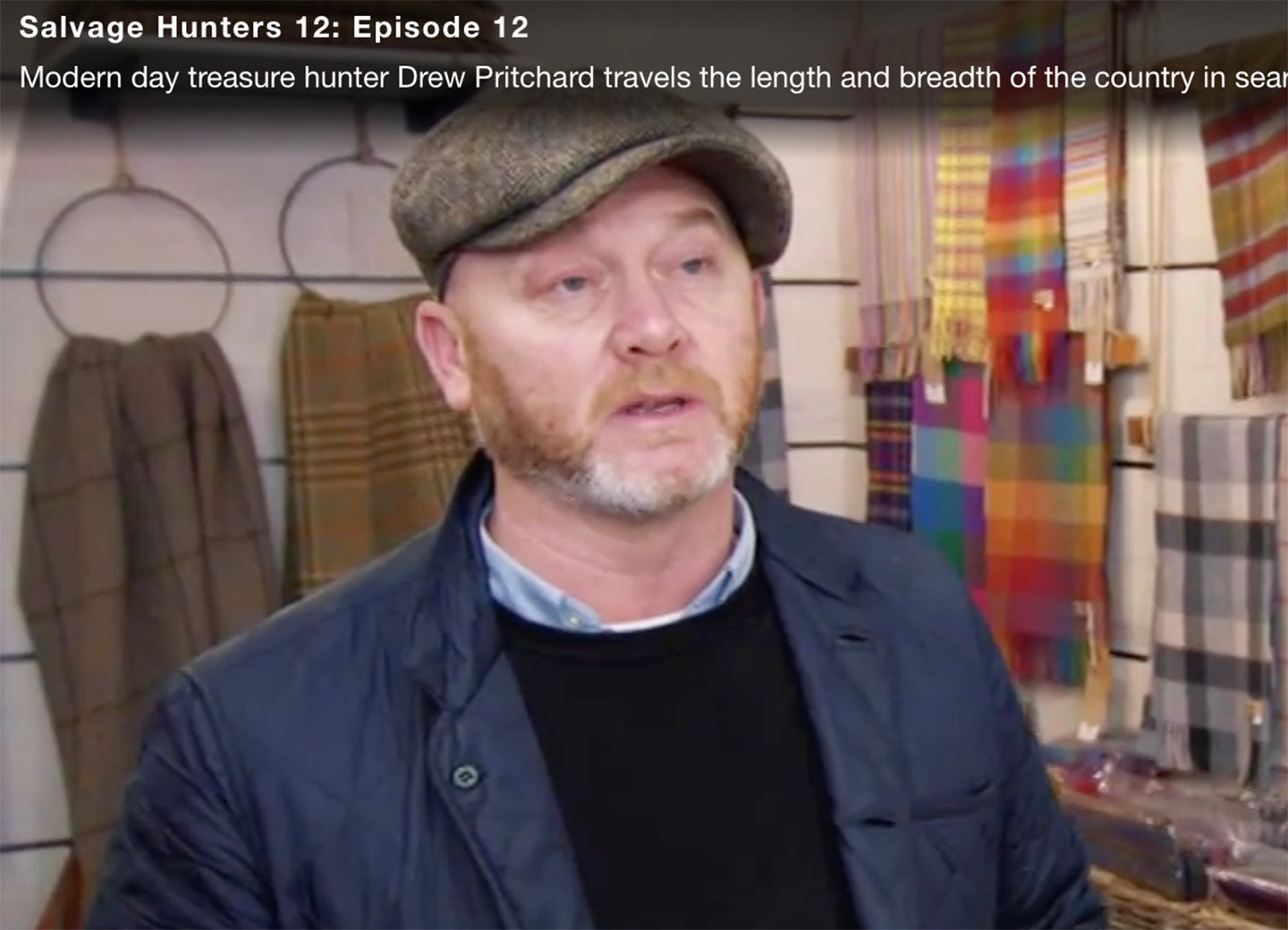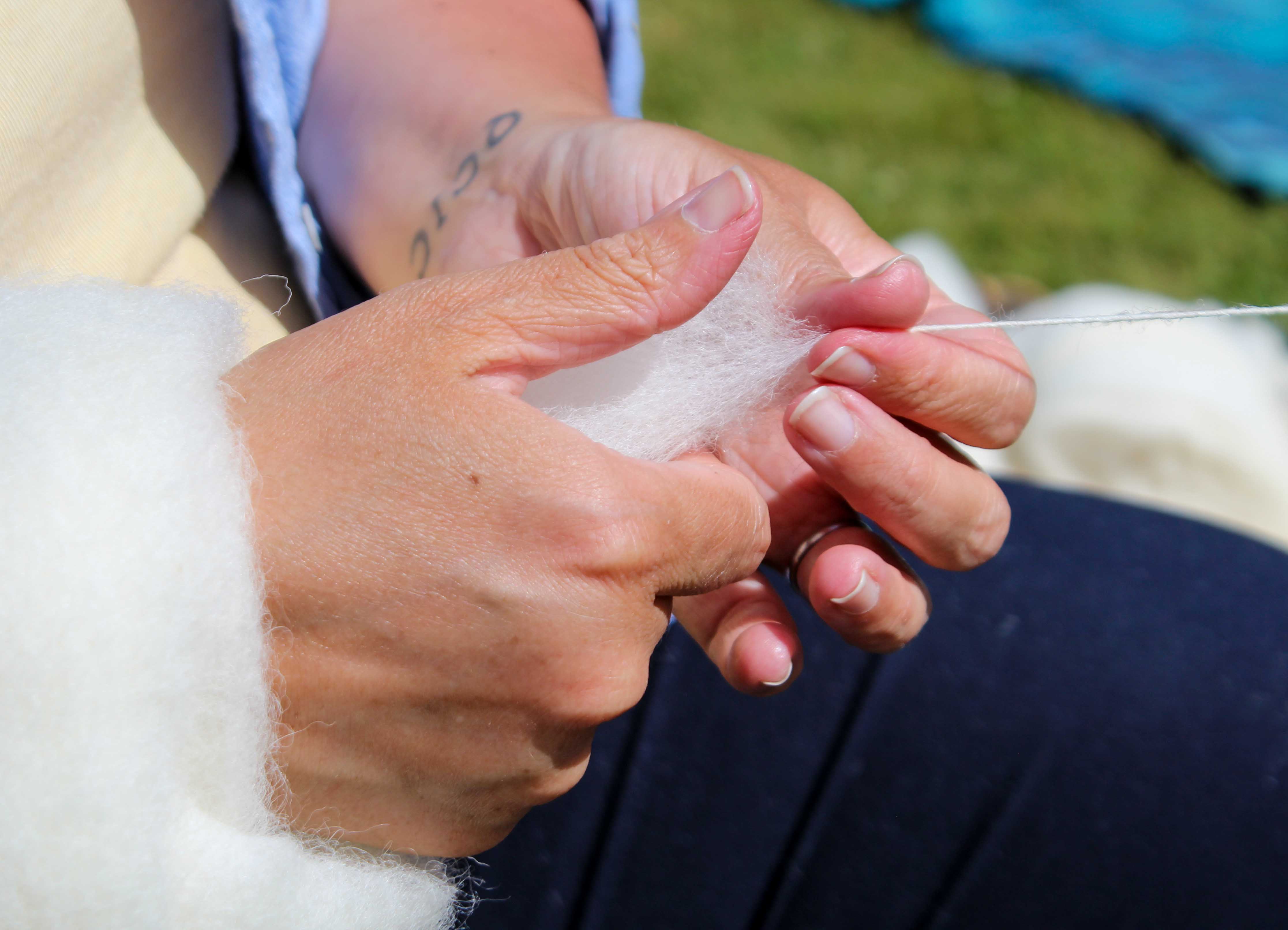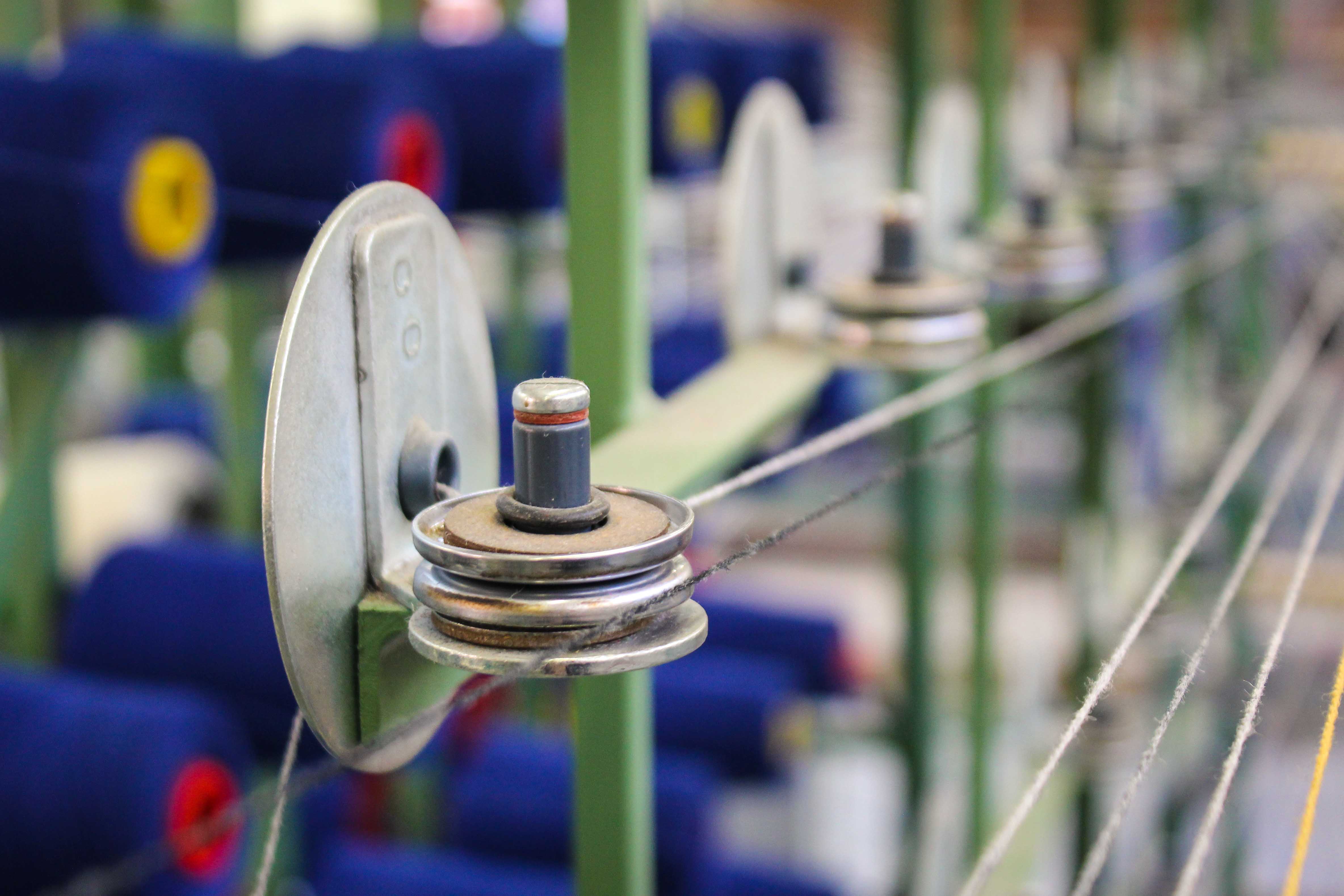
Herringbone Lambswool Scarves in Production
Here's a sneak peek of our new Ultra Marine Herringbone scarves in production.
We have been busy working with a new designer to create this new contemporary range!
1. Winding
Yarn cones are prepared for the warp (vertical threads) in a cylindrical form - a process that involves transferring yarn from one type of package to another. Further functions of winding are to inspect the yarn quality and to clear any defects.
2. Warping
Warping is the preparation of the warp threads (known as ends) which run vertically from the top to bottom of a piece of fabric.
The warp cones are placed onto a frame called the creel in a pre-determined colour pattern - the number of threads in the warp varies according to the fineness of the yarn and the density and width of the fabric required. The yarn from the creel then passes through a leasing reed which separates the yarn threads and keeps them in the correct order. The warp threads are then wound onto a warping drum (a large steel cylinder) - at the Woolmill warping is carried out on a sectional machine where each section of warp threads are wound onto the warping drum alongside previous sections. When the desired amount of yarn has been added, the warp is removed from the drum and is transferred onto a warping beam. The weaving process is then ready to begin.


4. Beaming and Drawing in
In order to create woven textiles with different structures, each thread has to move in a specific order. In order achieve this, the warp is drawn in thread by thread through the eyes of the heddle on the shafts. These shafts are raised and lowered in the loom to determine the warp and weft interlacing. Warp threads are then pulled through the teeth of the reed (a reed secures the weft in place as it is woven in).
Here at the Woolmill, it takes a days work to draw in an entire beam!
When we weave scarves, throws, or fabric with the same structure, the drawing in stage can be skipped. Each thread is tied to the corresponding warp thread that is ending in the loom.


4. Weaving
Weaving is the introduction of the weft yarn, known as picks which run horizontally across the fabric.
Here at Knockando Woolmill, a power loom is used. A power loom is a mechanised loom powered by a line shaft. The first power loom was designed by Edmund Cartwright in 1784. Within the Power Loom category, there are many productions, usually named after the designer - the Woolmill owns two Rapiers. This type of weaving is very versatile because a rapier loom can weave using a large variety of threads. There are several types of rapiers, however they all use a hook system attached to a rod that passes the pick across the shed. A Rapier loom can reach up to 700 picks per minute depending on the type yarn!


Other colourways in the range include:
Coral

Sea Glass

